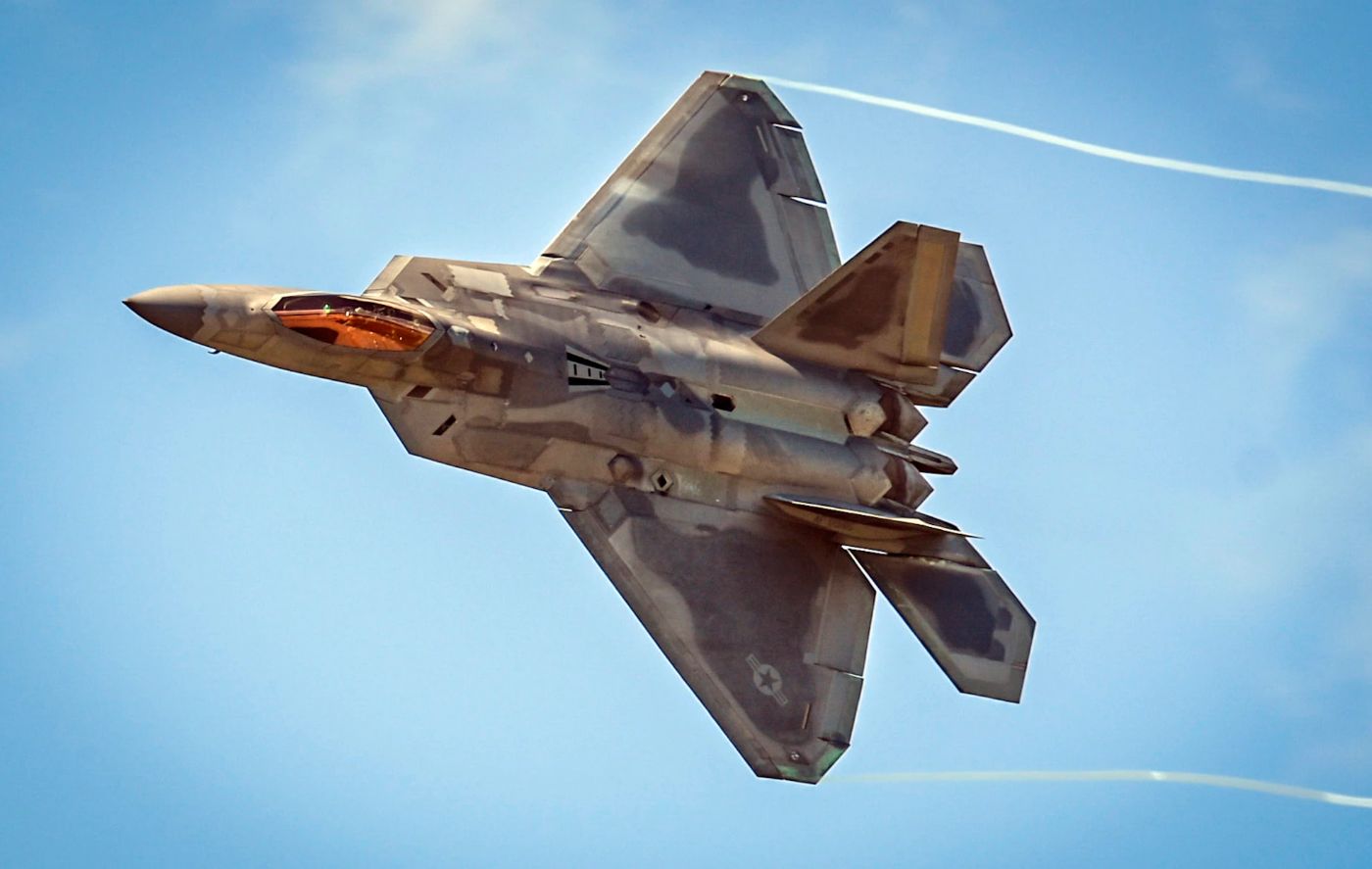Amid Israel’s escalated offensive against Hamas militants in Gaza, the EurAsian Times revisits a period when speculations circulated about the potential export of the United States’ top stealth aircraft, the F-22 Raptor, to Israel to bolster its regional supremacy.
Low On Patriot Missiles, US Turns To Japan To Acquire PAC-3 Interceptors For Ukraine War – Reports
In 2020, the London-based Asharq Al-Awsat newspaper, citing internal sources, reported that then-US President Donald Trump had approved the sale of the F-22 Raptors, the world’s most advanced stealth fighter, to Israel.
This consideration arose following Israel’s reluctant consent for the US to sell F-35 jets to the UAE, a move perceived to compromise Israel’s military dominance in the region.
The report highlighted Israel’s interest in the F-22 to uphold its “qualitative military edge” (QME), a requirement that the United States must maintain by law.
Currently, the US Air Force is the sole operator of the F-22, and its export is restricted by US federal law aimed at safeguarding classified technologies, including stealth capabilities.
Despite a 2010 defense authorization bill provision calling for a report on the feasibility of exporting an F-22 variant, the US Congress has not lifted the export ban.
Complicating matters further, the F-22 program concluded in 2011 with only 195 aircraft produced, and a resumption of production seems unlikely due to the associated high costs.
Israeli defense officials later denied reports of their interest in the F-22, stating that it is “not currently on the table.” Nevertheless, the allure of the F-22 lies in its smaller radar cross-section and superior speed and maneuverability, attributed to its twin thrust-vectoring F119 turbofan engines.
These features provide the F-22 with supermaneuverable flight characteristics and the ability to cruise at supersonic speeds without afterburners.
In contrast to the more cost-effective and versatile F-35, suitable for general-purpose warfare, the F-22 stands out as a formidable adversary in air-to-air combat scenarios.
Japan, too, expressed interest in the F-22 in 2018, contemplating a hypothetical new production run that would integrate advancements from the F-35, creating an F-22/F-35 hybrid. This move was prompted by concerns over China’s increasing airspace incursions, necessitating a dedicated air superiority fighter.
However, Tokyo eventually dismissed the idea when Lockheed presented the substantial costs involved, projecting unit costs at US$215 million per plane, significantly higher than the pre-shutdown average of US$150 million.
The Outcome Of The UAE’s F-35 Deal
In the waning months of the Trump administration, the United States and the United Arab Emirates (UAE) engaged in negotiations that could have reshaped the military landscape in the Middle East.
The proposed deal included up to 50 F-35 fighter jets, 18 MQ-9 Reaper drones, and nearly US$10 billion in advanced munitions from the USA’s defense contractors. The UAE had long sought the acquisition of the F-35. However, it led to diverse responses from Israeli officials.
Initially expressing opposition to the deal, Israel ultimately approved it after normalizing relations with the UAE.
The Trump administration publicly signaled its intention to proceed with the sale in November 2020. Still, upon taking office, the Biden administration opted to conduct a formal review, delaying the deal until April 2021.

During this period, US officials expressed concerns about the UAE’s growing ties with China, particularly its use of Huawei 5G technology.
Negotiations extended through the summer of 2021, with the Biden administration demanding assurances from the UAE regarding the non-transfer of US military technology to China or other third parties.
The UAE, asserting its track record in protecting such technology, found itself at odds with what it perceived as encroachments on its sovereignty.
In November 2021, the US announced its intent to proceed with the deal. Still, the UAE suspended talks a month later, citing technical requirements, sovereign operational restrictions, and a cost/benefit analysis.
Subsequently, the UAE opted for an alternative, turning to France and sealing a US$19-billion agreement for 80 Rafale fighter jets.
This decision was not viewed as a direct substitute for the F-35 but rather as both a strategic hedge and an indication of impatience and uncertainty regarding the Biden administration’s Middle East policy.
The complex saga of the F-35 deal with the UAE highlights the geopolitical dynamics in the region, where military alliances, technological concerns, and shifting political landscapes converge.
- Contact the author at ashishmichel@gmail.com
- Follow EurAsian Times on Google News
The post F-22 Raptors For Israel: When US Considered Approving F-22 Sale To Tel Aviv To Bolster IAF’s Might? appeared first on Latest Asian, Middle-East, EurAsian, Indian News.